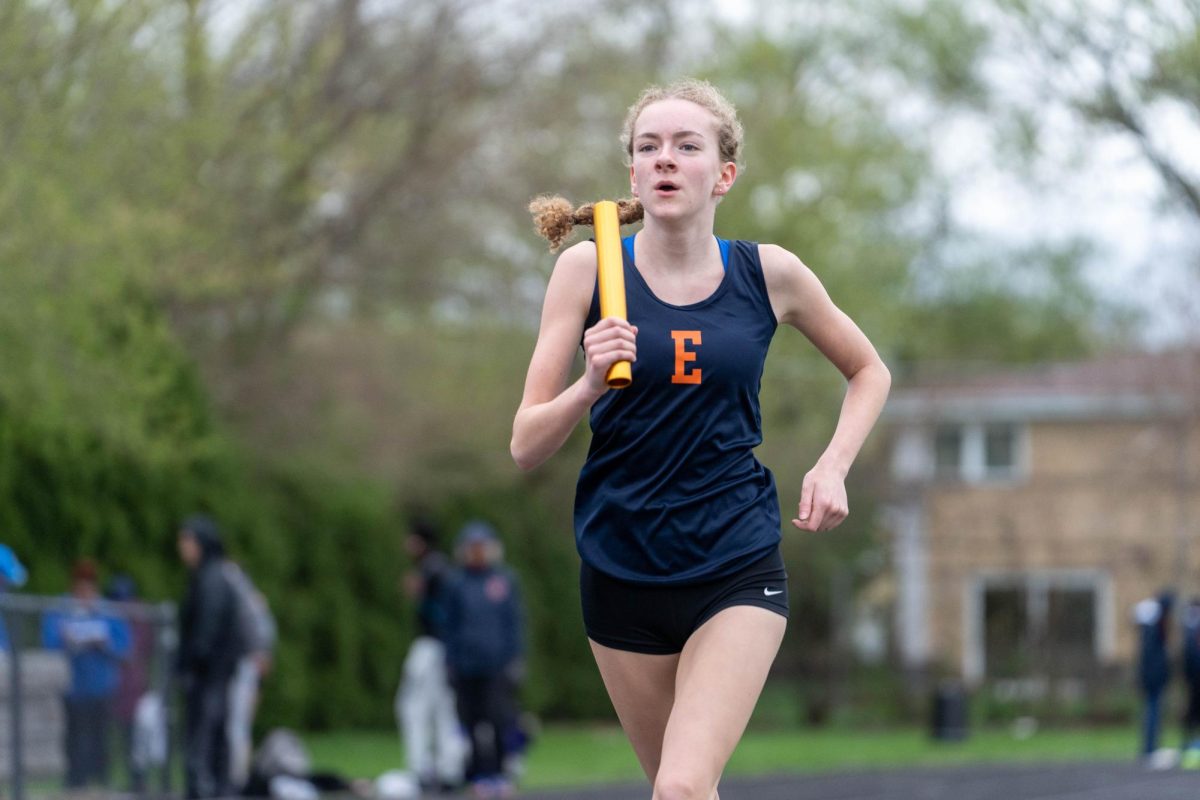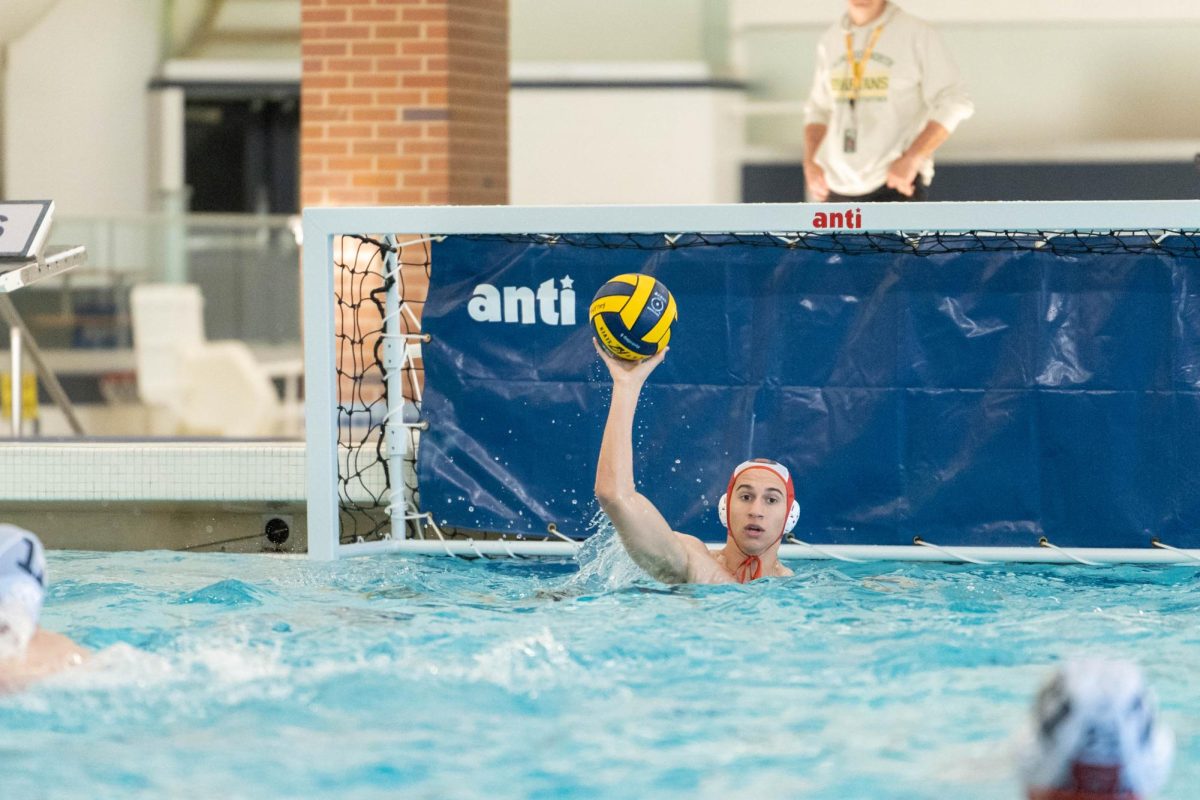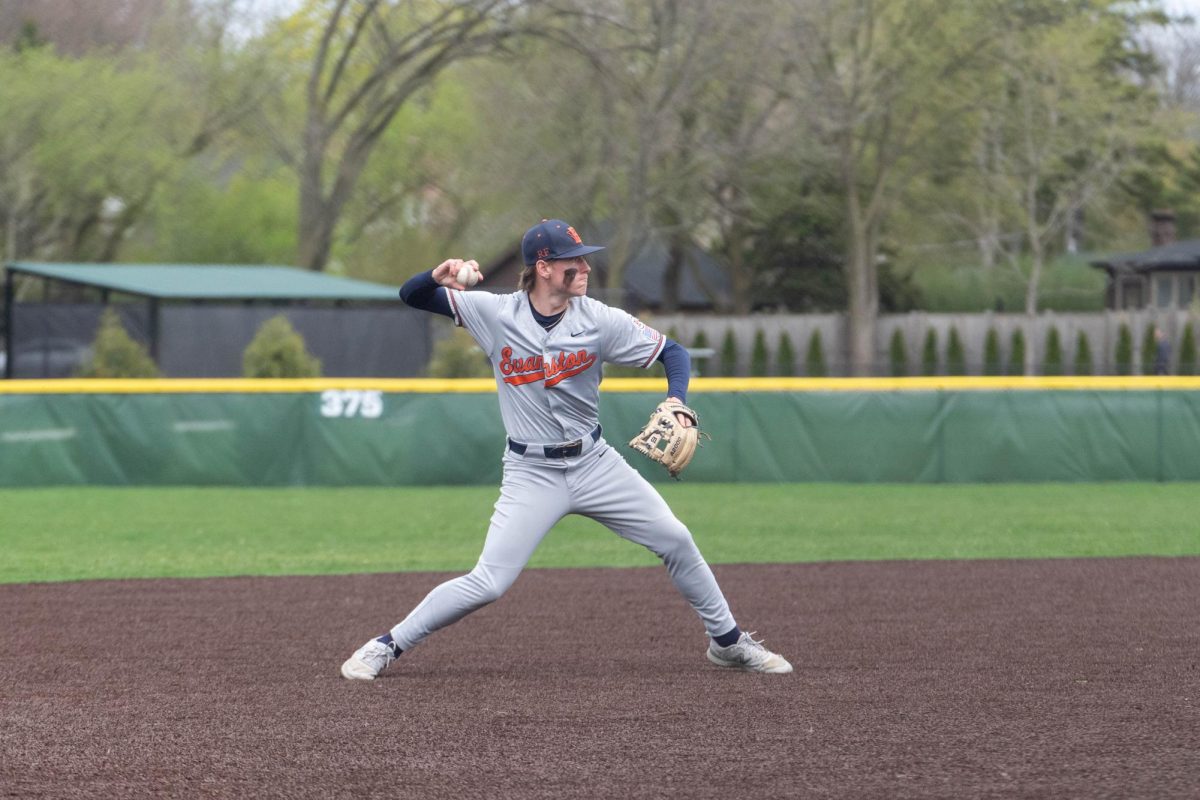Sports are a massive part of my life. If I am not sleeping, eating or with family and friends, I will probably play hockey or lacrosse. Last April, I was playing in a lacrosse game at Lazier Field when I hyperextended my right knee while running for the ball. The impact was so intense that I heard a pop in my knee, and I could not get up to walk off the field. I was terrified that I had torn my ACL and that I would be out of sports and activities for almost a year. Luckily, I only fractured my fibula. This ultimately set me out for the rest of my lacrosse and spring hockey seasons.
It was frustrating to sit out of games and practices, and I couldn’t help but wonder if the turf field was the culprit of my injury. This personal experience has made me more aware of the potential dangers of playing on turf fields and has motivated me to learn more about how we can prevent such injuries from happening.
As someone who enjoys watching sports, particularly football, I notice that many players get injured during games. Many of these injuries have nothing to do with physical contact. With the spring sports season kicking into high gear, Evanston athletes are at a greater risk of getting injured, as they spend many hours a week practicing on turf fields, which happen to be the same fields that many NFL stadiums use for games. So, where are these non-contact injuries coming from, and how can we prevent them from occurring so frequently?
On Sept. 11, 2023, the New York Jets were hosting the Buffalo Bills at Metlife Stadium for the opening Monday night football game. This game was unique for many reasons. Not only was this game played on the 22nd anniversary of the 9-11 terrorist attacks, but future Hall of Fame quarterback Aaron Rodgers was making his Jets debut.
This debut lacked luster, to say the least, as Aaron Rodgers was taken out by injury on the first play of the game. Rodgers was slightly pressured by an opposing player and got rid of the ball while falling. As soon as he got up, he could not walk. It was later found that he had experienced a season-ending torn Achilles. This was a massive letdown to Jets fans and fellow NFL players.
With Metlife Stadium having one of the highest non-contact injury rates in the NFL at .048 per 100 plays, these injuries are frequent. Just a couple of years earlier in 2020, at the same stadium, two linebackers on the San Francisco 49ers, Solomon Thomas and Nick Bosa, tore their ACLs in the same game. Coincidentally, MetLife stadium had installed a new turf field earlier that year.
After the game, 49ers head coach Kyle Shanahan voiced his concerns. “I know our players talked about it the entire game, just how sticky the turf was. I think that was the first time people played on it. That was something our guys were concerned about right away, and the result made that much stronger,” Shanahan said.
This issue doesn’t just date back to the last five seasons. In 2006, Philadelphia Eagles star Quarterback Donavan McNabb tore his ACL while playing on a turf field. This injury was mostly non-contact after he was bumped out of bounds. Not only did this end McNabb’s career season, but it also put the team’s playoff odds in jeopardy. They won only one more game that season and missed the playoffs with a record of 6-10.
Dating back to 2018, the injury rate of direct contact injuries was .01 percent higher on turf fields than on grass, reaching an all-time high of .048 per 100 plays on turf in 2018 compared to .035 per 100 plays on grass fields. According to Mark Drakos, who is an orthopedic surgeon and assistant team doctor of the New York Mets and Knicks, “The data is pretty conclusive.” He said that turf is stickier and less forgiving, which can cause the foot to catch and send torque up to the knee.
“This past year, the American Journal of Sports Medicine examined 53 studies across all sports and levels of competition, ranging from 1972 to 2022. It compared foot and ankle-related injuries on different surfaces and knee-related injuries on turf and grass and found that there was a higher rate of foot and ankle-related injuries on turf, with “elite-level football athletes” more predisposed to knee injuries on synthetic turf.
Turf fields were created for sustainability—a cost-effective way to maintain playing fields and allow for year-round play. Still, the negative effects that turf fields have on athletes greatly outweigh the cost-effective benefits. By making the change from turf to grass, student-athletes can continue to play the sports they love with a reduced risk of being sidelined. The cushioning and ease of grass fields on athletes’ legs will help preserve athletes’ lower bodies and will provide for a longer athletic career.
Although retaining a year-round, well-running grass field is complex and often not considered by high schools, schools across the country must focus on student athletes’ health and best interests rather than simply prioritizing the cost.







